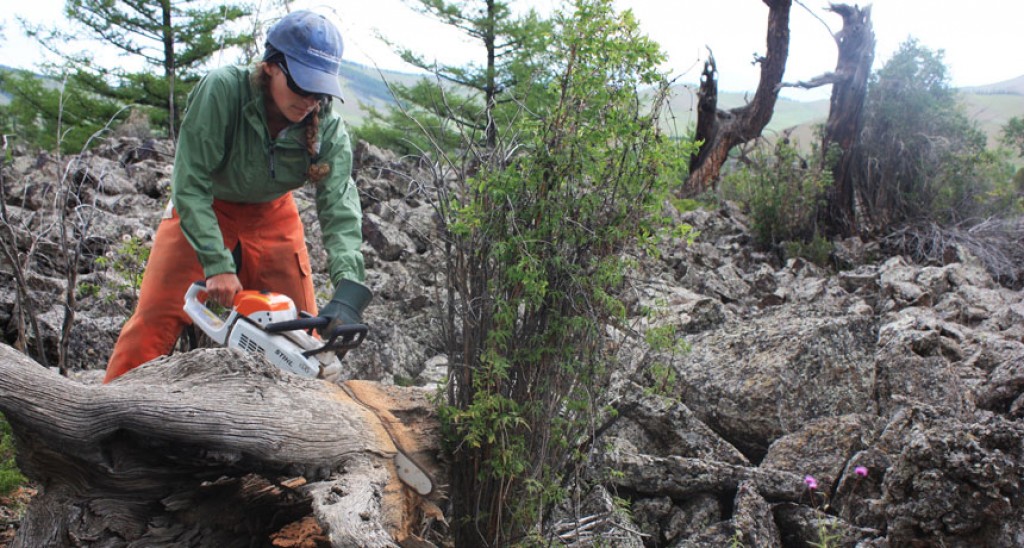Tree rings discovered to tell tale of drought in Mongolia over last 2,000 years

By studying the rings of semi-fossilized trees, researchers constructed a climate history for the semiarid Asian nation spanning the last 2,060 years.
A new analysis is revealing information on drought in Mongolia, both past, and future. By studying the rings of semi-fossilized trees, researchers constructed a climate history for the semiarid Asian nation spanning the last 2,060 years.
The Study coauthor Amy Hessl, a physical geographer at West Virginia University in Morgantown and her colleagues studied tree rings in hundreds of samples of Siberian pines, well-preserved by Mongolia’s naturally dry climate. Accordingly, a ring’s width indicates how much the tree grew in a year. In wet years, the rings are wider; in dry years, skinnier. The recent dry spell was the severest in recorded history. It was suspected that a harsh drought from about 2000 to 2010 that killed tens of thousands of livestock was extraordinary in the region’s history and primarily the result of human-caused climate change. But the rings showed that an even more severe drought took place around the year 800, long before anthropogenic climate change began.
Still, computer simulations suggest that about a third of the recent drought’s severity could have been caused by elevated temperatures linked to climate change, the researchers found. Using computer simulations, Hessl and her colleagues conclude that droughts in coming decades may not be any worse than those seen in Mongolia’s past. The team predicts that as global temperatures rise over the next century, Mongolia will first become drier, then wetter.
Source: www.sciencenews.org
Views: 1684
Tweet